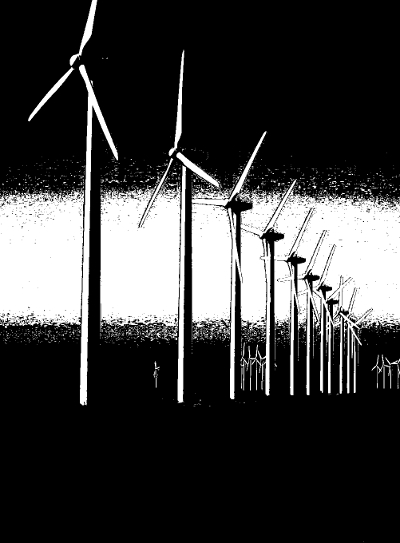Report backs renewable 'love'
 The Climate Council has released a report celebrating Australia’s “love affair” with renewable energy and battery storage.
The Climate Council has released a report celebrating Australia’s “love affair” with renewable energy and battery storage.
The experts say the nation’s obvious fondness for clean energy and battery storage is only just beginning, with the nation on the verge of an energy storage boom, as the cost of lithium-ion batteries rapidly drops.
The ‘Fully Charged: Renewables and Storage Powering Australia’ report shows that Australia is on the cusp of a reliable renewable energy future, as the cost of energy storage rapidly drops, with prices dropping by 80 per cent since 2010, and are tipped to halve again by 2025.
“Australia’s renewables and battery storage boom will keep the nation’s power grid fully charged, especially during extreme weather events, such as summer heatwaves,” said Climate Councillor and energy expert Professor Andrew Stock.
“We live in one of the sunniest and windiest countries in the world, so pairing affordable renewables with energy storage like batteries, pumped hydro and heat storage just makes economic sense,” he said.
“Clean, affordable and reliable renewable energy and storage technology now accounts for 16 per cent of Australia’s total electricity supply, with dozens more projects under construction or in the pipeline this year alone.”
Key findings include:
- The cost of lithium-ion batteries has fallen by 80 per cent since 2010. Costs are expected to halve again by 2025 (under 7 years)
- 6,750 new household batteries were installed in 2016. The market is predicted to have tripled in size in 2017, with over 20,000 new installations
- Renewable energy now represents 16 per cent of Australia’s electricity generation
- VIC, QLD and the NT are also investing in grid scale battery storage technology
- Federal, QLD and TAS governments are also considering developing pumped hydro projects
- The Australian electricity grid (NEM) and old fossil fuelled power stations are increasingly vulnerable to worsening extreme weather events, particularly as these power stations age
- More than 50 per cent of Australia’s coal fleet will be over 40 years old by 2030
- Australia could reach 50 per cent renewables by 2030 without significant new energy storage
- Australia must reach zero carbon pollution well before 2050 to effectively tackle climate change
With states and territories taking the lead in Australia’s renewables race, Climate Councillor and former BP President Greg Bourne said the Federal Government was missing in action over credible and coherent federal energy and climate policy.
“The lack of ambition in the National Energy Guarantee (NEG) places the renewables and storage boom at risk of grinding to a halt, while failing to adequately cut rising pollution levels and tackle climate change” he said.
“The transition to renewable energy and storage is inevitable and is happening now. The only thing putting this at risk is the Federal Government’s lack of credible climate and energy policy.
“The strongest test of good climate and energy policy is whether it cuts Australia’s rising pollution levels and tackles intensifying climate change, through supporting the rollout of renewable energy and storage technologies, along with the retirement of ageing, polluting and inefficient coal fired power stations.”







 Print
Print